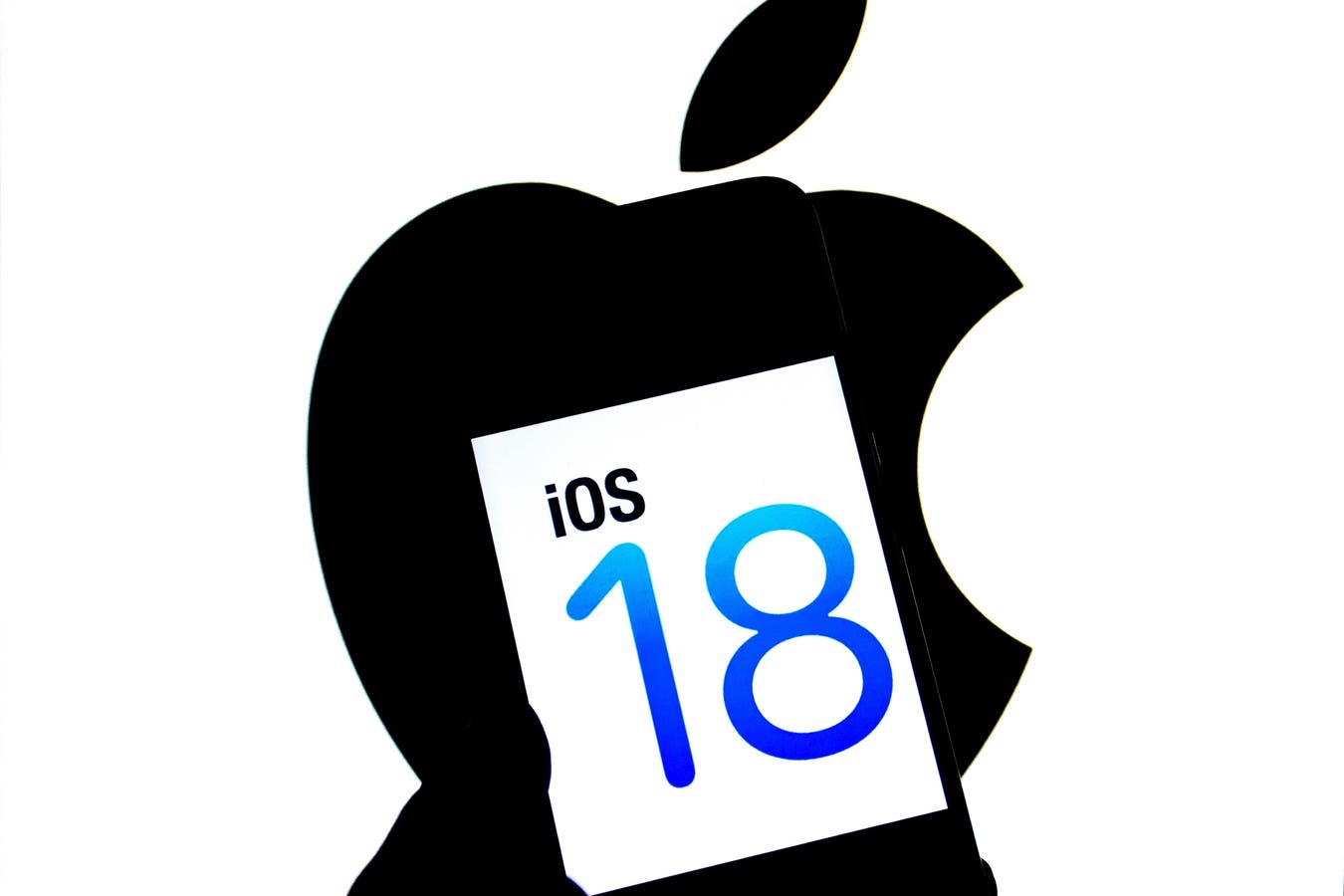iOS 26
Apple’s latest iOS 26 update includes a bold new Liquid Glass design, upgraded Apple Intelligence capabilities, a new look for Photos, Music and more. It also brings updates to CarPlay, Wallet, Music and other system apps. This is the biggest iPhone update in years. But not every iPhone model will be compatible with the new iOS 26 update. Here are the iPhone models that will be supported by iOS 26 when it launches alongwith the iPhone 17 later this year.
Apple iPhone Models Compatible With iOS 26
Not all iPhones will get every new feature. For instance, Apple Intelligence is limited to the iPhone 15 Pro and later. However, the new look, system app updates, and more should be available to all the iPhones mentioned below:
- iPhone 16e
- iPhone 16 and 16 Plus
- iPhone 16 Pro and 16 Pro Max
- iPhone 15 and 15 Plus
- iPhone 15 Pro and 15 Pro Max
- iPhone 14 and 14 Plus
- iPhone 14 Pro and 14 Pro Max
- iPhone 13 and 13 mini
- iPhone 13 Pro and 13 Pro Max
- iPhone 12 and 12 mini
- iPhone 12 Pro and 12 Pro Max
- iPhone 11
- iPhone 11 Pro and 11 Pro Max
- iPhone SE (2nd generation and newer)
These iPhones Won’t Get the iOS 26 Update
The new iOS 26 update will roll out to iPhone 11 and later. This means the following iPhones won’t receive the latest Liquid Glass look or other iOS 26 enhancements. It will not be supported by:
- iPhone XS
- iPhone XS Max
- iPhone XR
Will Your iPhone Get New Apple Intelligence Features With iOS 26?
As mentioned above, not all iPhones will get the new Apple Intelligence features. These will be limited to the iPhones listed below:
- iPhone 16 Pro and 16 Pro Max
- iPhone 16 and 16 Plus
- iPhone 16e
- iPhone 15 Pro and 15 Pro Max
iOS 26 Release Date
Apple announced the latest iOS update today at WWDC 2025, but it won’t roll out to the public until the iPhone 17 launches later this year. The iOS 26 Developer Beta will be released today, while the Public Beta will go live next month.
That said, I wouldn’t recommend installing beta software on your primary iPhone, as it can lead to issues with battery life, stability, and more.









